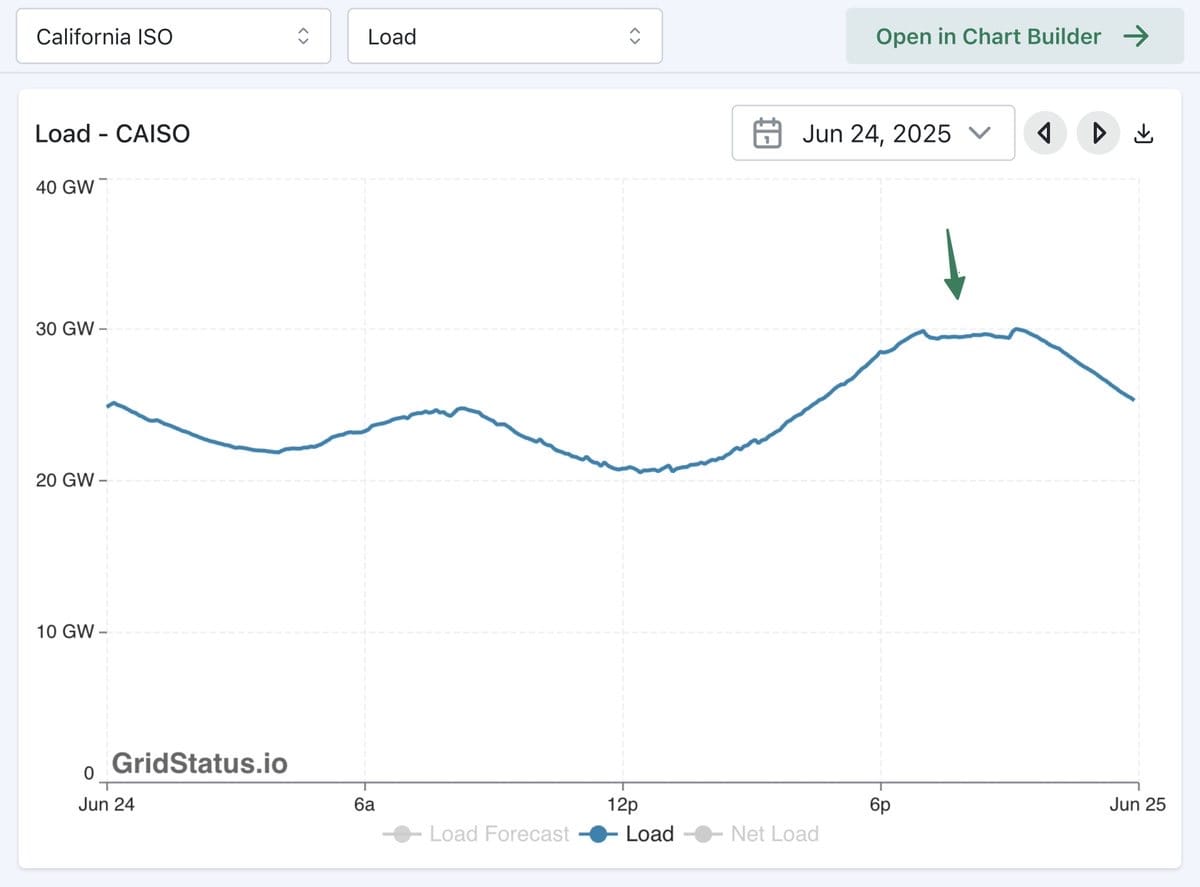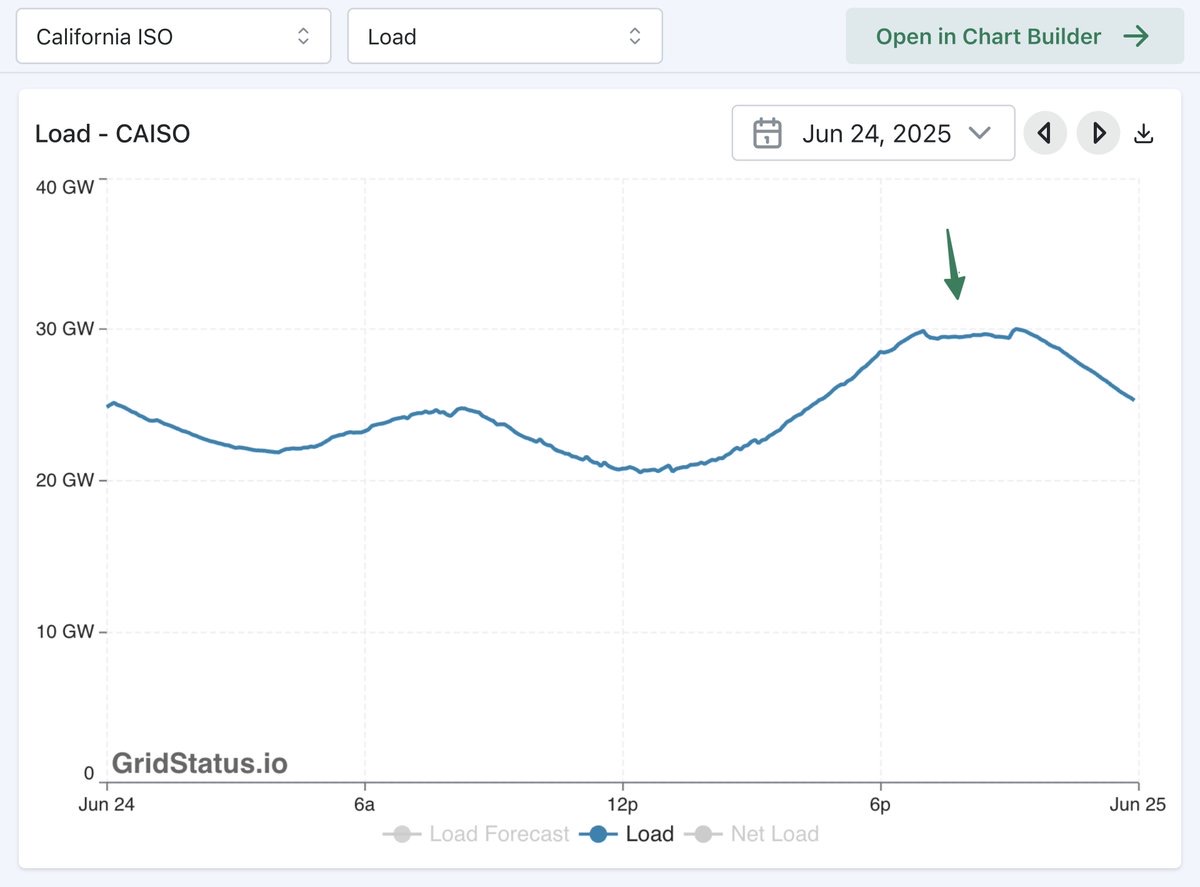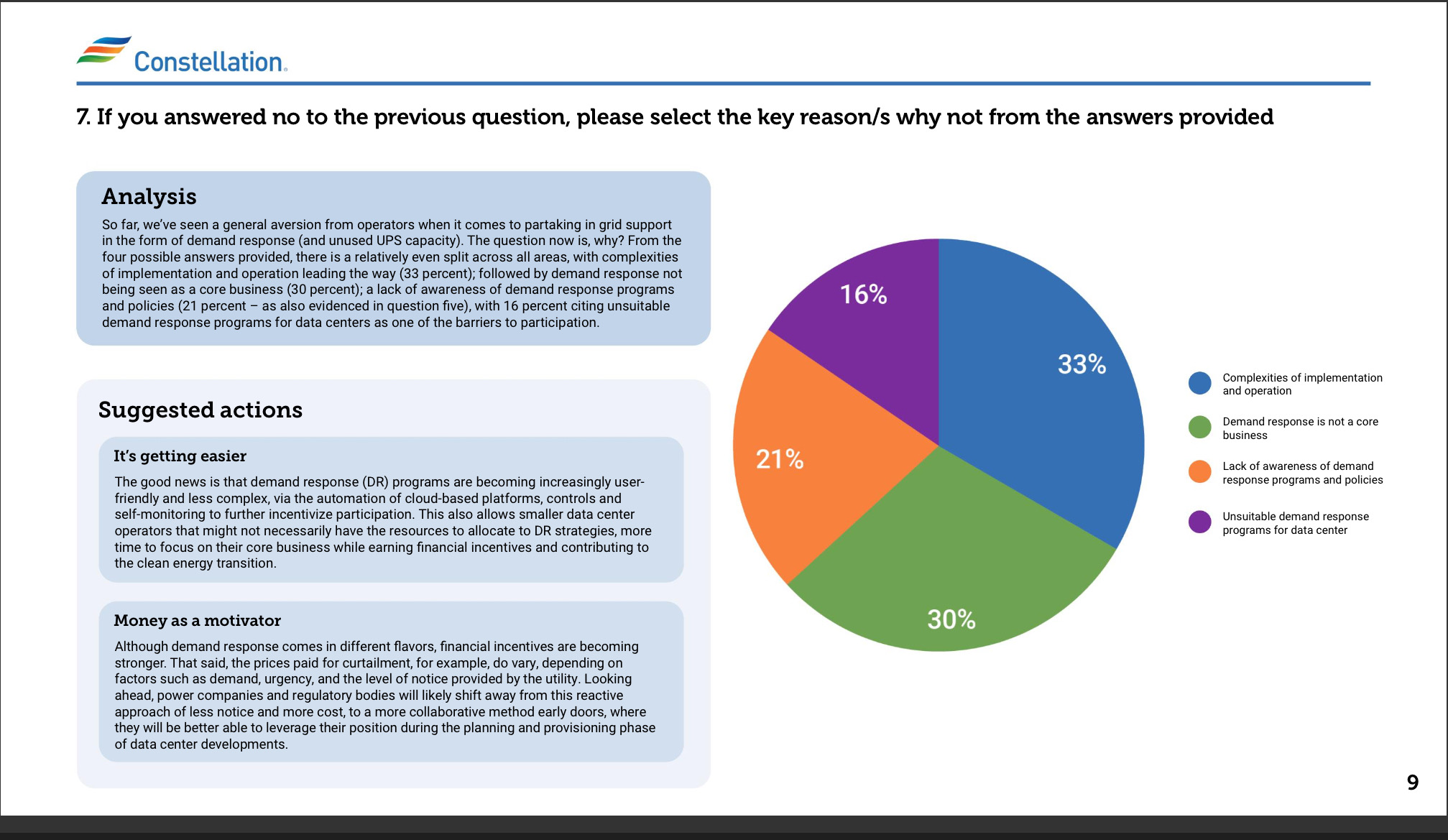The Platform Play in Demand Response

Demand response continues to be a hot topic in the energy world. Yesterday, I saw a graph floating around on Twitter from Energize portfolio company Grid Status highlighting the drop in CAISO's system load due to a demand response event triggered by Tesla Energy.
I don't think there's an argument that demand response works. I do think there's an argument to be made that it's difficult to capture value from demand response. The economics just don't work when you're competing against $50-100/MWh wholesale prices for maybe 50-100 hours per year.
For that reason, I've argued that demand response products will have to be features of larger platforms.

In the case of consumers, that's been something like Tesla Energy where it's bundled with a Powerwall and/or a car. The battery piece here introduces another point - resiliency is demand response's big brother. More people are adopting batteries for resiliency reasons and demand response happens to be what hangs around in the summer.
Larger consumers of power are even more incentivized to participate in demand response programs, but workflows often get in the way. For example, most industrial load cannot simply shut down. Production lines work on tight timelines, schools and hospitals need to be fully powered during these events, and data centers run 24/7.
If the return on responding to demand response events increases, that could change the above and lead to growth in microgrids. But we're a long way from demand response being big enough for that.
What we are seeing instead is microgrid adoption due to resiliency needs and long interconnection queues. The lost revenue due to not being powered is a bigger driver than capturing demand response revenue.
Much like consumer demand response, commercial load also needs to be tied to a bigger platform and in this case at Energize our thesis was that it needed to be tied to a full energy strategy - procurement, hedging, DR participation - which is why we invested in 5.

A recent survey from Constellation highlights that even the most sophisticated power consumers like data centers think it's too complicated to participate in demand response (33%) or aren't aware of the programs (21%) that they are eligible for. Even when power is a key part of the business, it's not a key part of the business.
Demand response isn't going anywhere - the grid needs it too much. But the money is in the platform, not the participation.